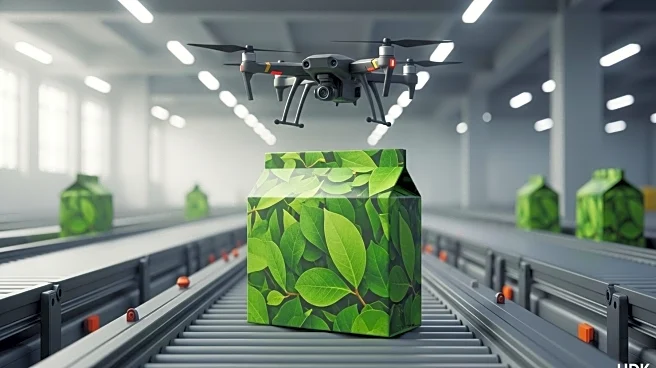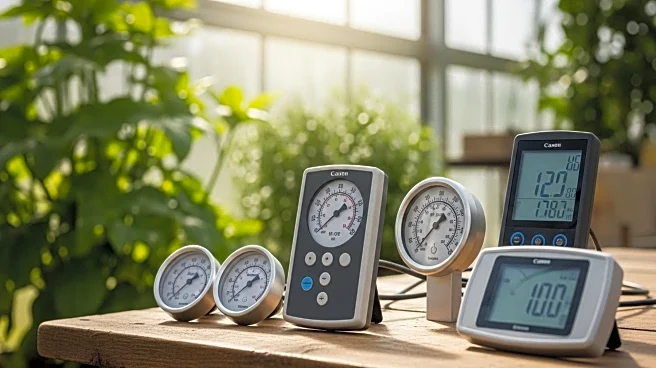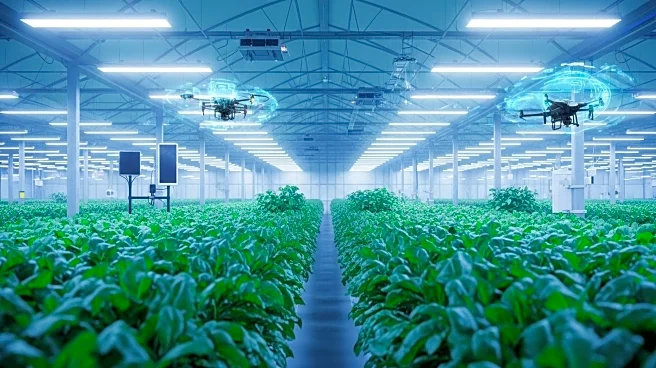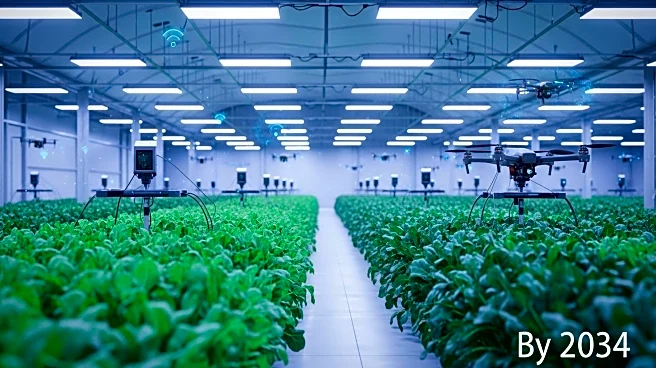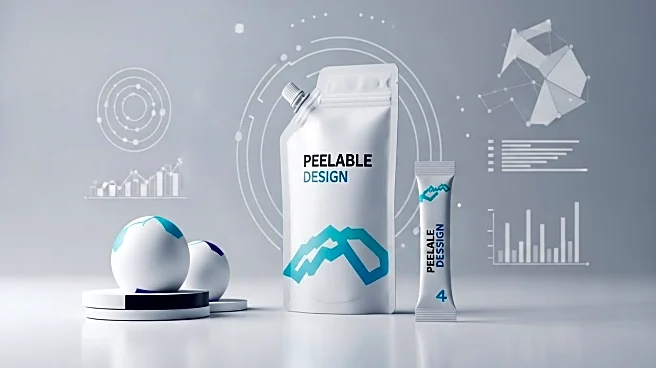What's Happening?
The agricultural packaging and logistics market is experiencing significant growth, driven by technological advancements and the rise of e-commerce. According to a recent report, the market is projected to expand at a compound annual growth rate (CAGR) of 6% from 2025 to 2032, increasing from $6 billion to $12 billion. Key players in the industry, such as Amcor, Sonoco, and Smurfit Kappa, are focusing on innovations in biodegradable packaging, temperature-controlled logistics, and efficient supply chain management to enhance market efficiency. The demand for fresh produce and convenience in food products is contributing to this growth, alongside changes in consumer behavior and the expansion of global trade.
Why It's Important?
The expansion of the agricultural packaging and logistics market is crucial for several reasons. It supports the growing demand for sustainable and eco-friendly packaging solutions, which are increasingly important to environmentally conscious consumers. Technological innovations, such as the use of IoT, AI, and blockchain, are improving traceability and efficiency, reducing waste, and enhancing the overall quality of agricultural products. This growth also reflects the increasing importance of e-commerce in agriculture, as online sales drive demand for secure and consumer-friendly packaging. The market's expansion into emerging economies presents new opportunities for growth, benefiting both producers and consumers.
What's Next?
The market is expected to continue evolving with investments in cold chain infrastructure and the development of eco-friendly packaging materials. Companies are likely to expand into emerging markets, where developing agricultural sectors offer new growth avenues. However, challenges such as high operational costs, regulatory compliance, and supply chain disruptions due to global events may impact the pace of growth. Industry stakeholders, including investors and policymakers, will need to navigate these challenges while capitalizing on emerging opportunities.
Beyond the Headlines
The shift towards sustainable packaging solutions highlights broader environmental concerns and the need for industries to adapt to changing consumer preferences. The integration of smart packaging solutions, such as QR codes and RFID tags, reflects a trend towards greater transparency and real-time monitoring in the supply chain. These developments may lead to long-term shifts in how agricultural products are packaged, transported, and consumed, with implications for global trade and environmental sustainability.

